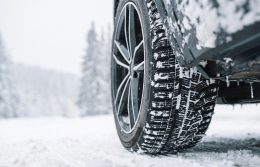ATV Safety Tips for Texas Riders
All-terrain vehicles offer a thrilling opportunity to see a more rugged side of Texas. Safety should always come first when operating an ATV, no matter if you’re a seasoned pro or an eager beginner.
We cover essential safety tips for riders of all ages, including what to check before hitting the trail.
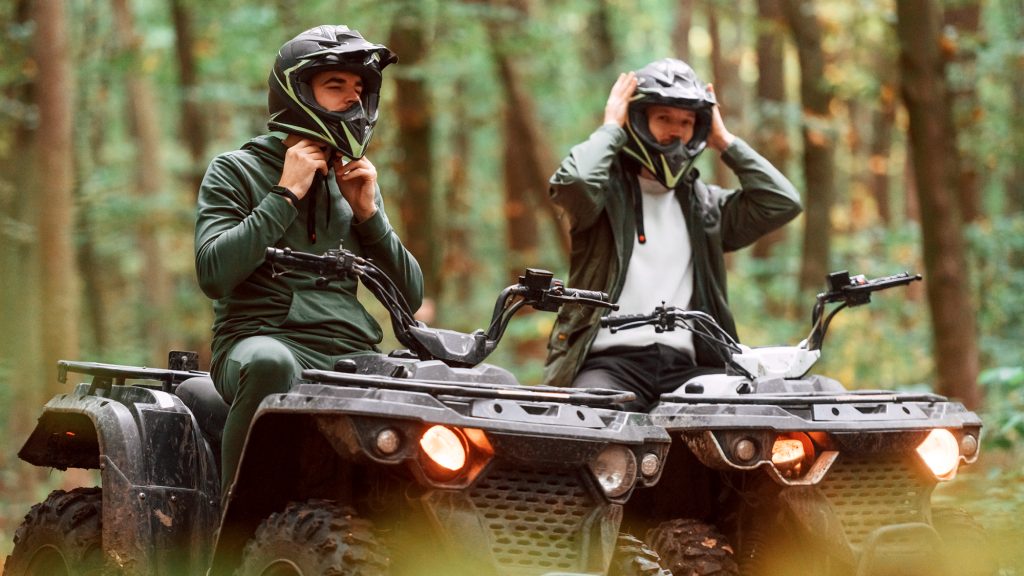
Headfirst
Helmets are a crucial piece of gear as they help absorb the shock of impact in the event of an accident. Plus, they’re required when riding on public land. When finding the right helmet, make sure there aren’t any pressure points; it should fit snugly, yet comfortably, around your head and cheeks. In addition to a helmet, wear other protective gear, including eye protection, gloves, long pants, and boots.
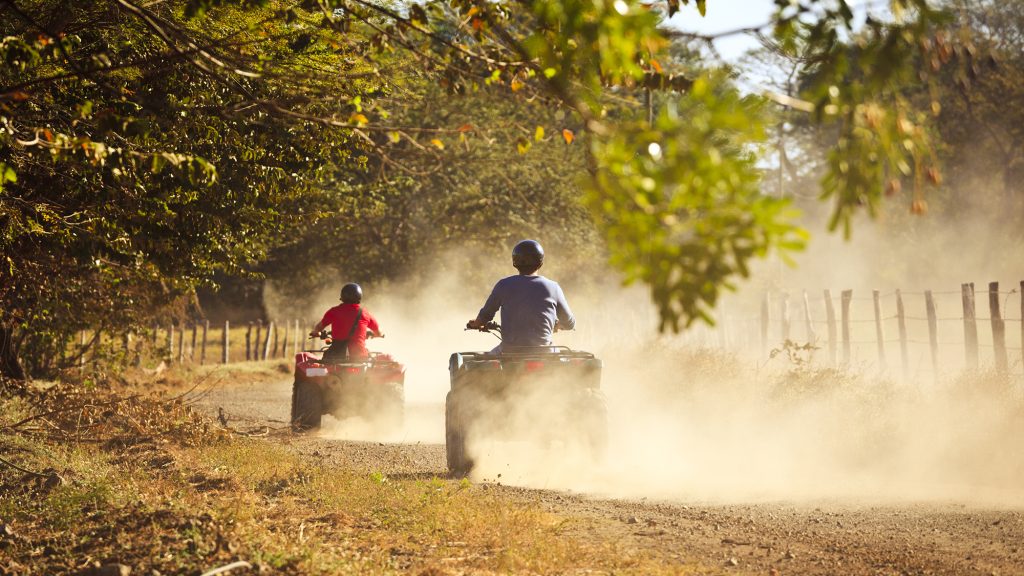
Right Size, Right Ride
When it comes to finding the right ATV, one size does not fit all. There are five different ATV categories: two for adults and three for children. ATVs intended for riders 16 and older move faster and have greater performance capabilities. ATVs made for younger riders are designed for smaller hands and feet, and they have lower speed levels. Look for ATV safety labels when selecting an ATV for a child.
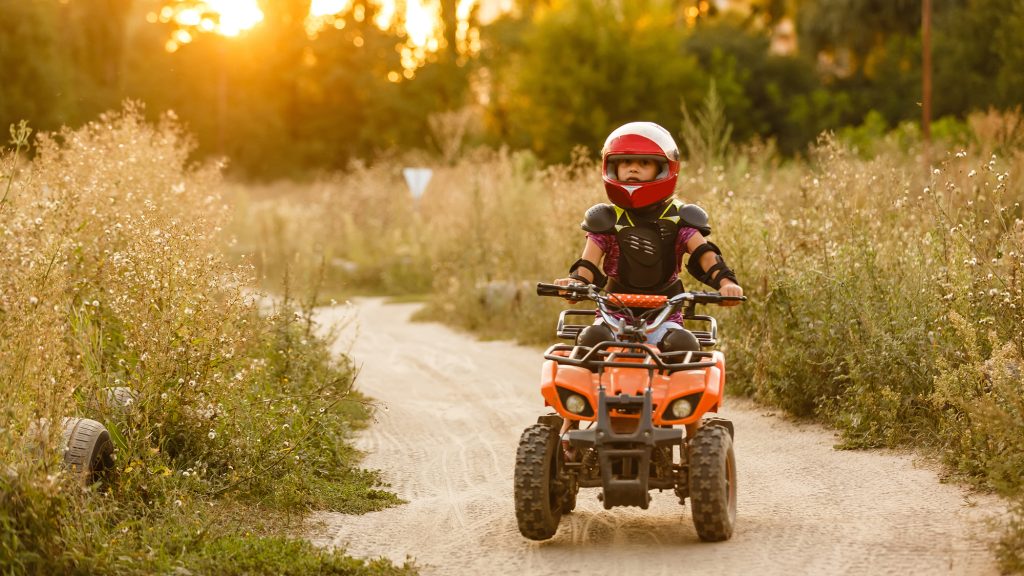
Age Limits
While some ATVs are made for riders as young as 6, parents should decide when they think their child is old enough, and mature enough, to operate an ATV. (Plus, there are ATV safety concerns for kids.) The ATV Safety Institute’s readiness checklist can help parents make this determination with evaluation points such as:
- Physical developments
- Visual perception/motor development ability
- Social/emotional development
- Reasoning and decision-making ability
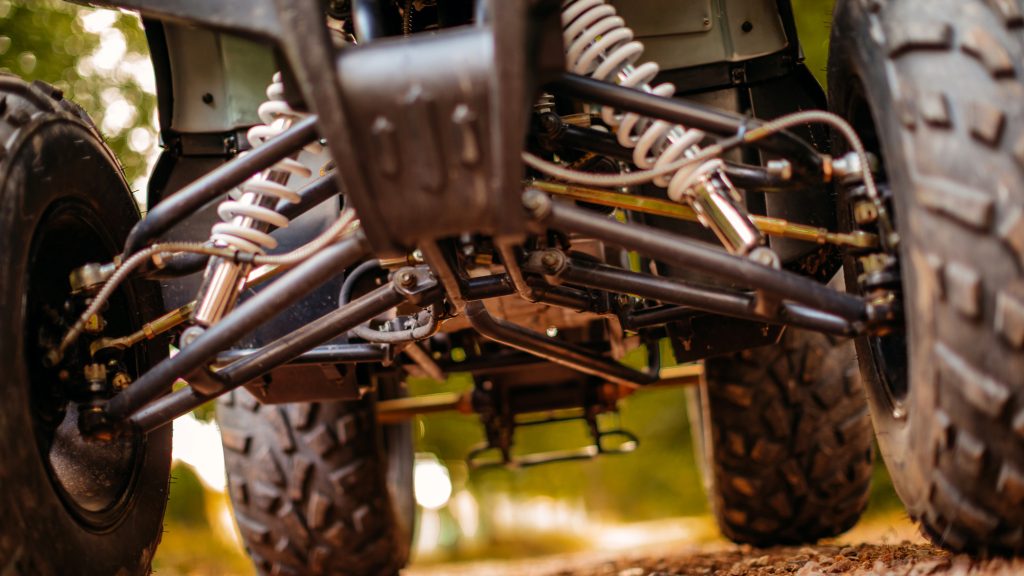
Pre-Ride Safety Checks
ATVs encounter rough terrain, which can be harsh on a vehicle over time. Before your next ride, take 10 minutes to do a quick inspection. The ATV Safety Institute recommends checking all the vehicle’s main parts:
- Tires and wheels. Maintain the air pressure outlined in your owner’s manual. If not, you’ll risk wheel damage or poor handling.
- Controls and cables. Don’t miss the brakes and foot shifter.
- Lights and electrics. Test the engine stop switch, as well as the headlights and taillights.
- Oil and fuel. Look for oil or fuel leaks.
- Chain/driveshaft and chassis. Tighten any loose nuts and bolts.
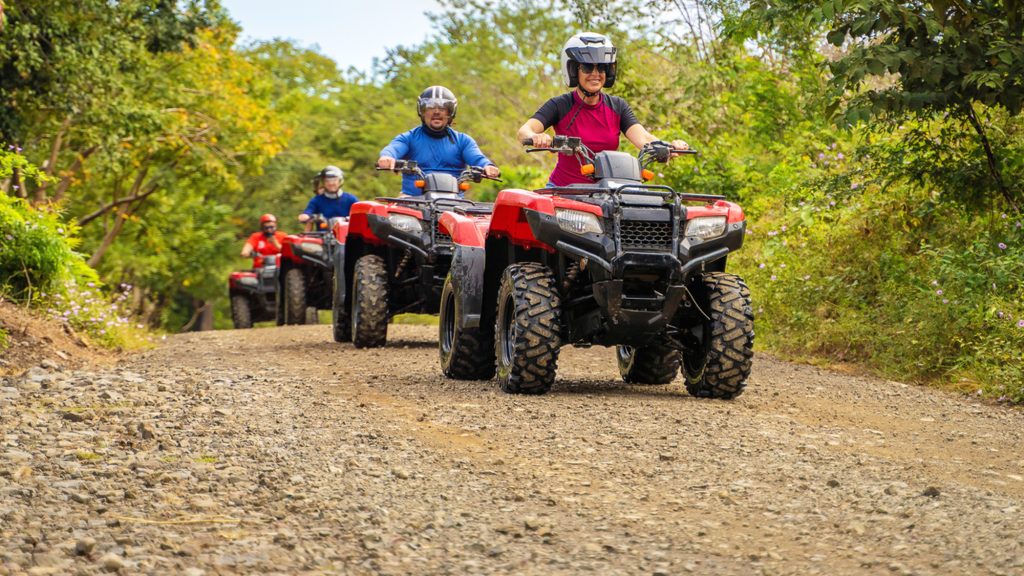
Know Where You Can Go
Though it may be tempting, you can’t drive ATVs just anywhere in Texas. For one, you typically can’t drive them on Texas’ public roads. But you can drive them on your own private property.
Keep in mind: If you’re letting friends and other guests drive, or ride, ATVs on your property, you could be held liable for any accidents. Umbrella insurance can help protect you against lawsuits — essential in an increasingly litigious society.
The state also has an off-highway vehicles program that provides designated spaces for Texans to drive dirt bikes, ATVs, and 4X4 trucks. These venues are all over the state, stretching from Eisenhower State Park to Sam Houston National Forest.
If you want to drive your ATV in one of these areas, you’ll need an OHV decal, which you can buy online or at a designated purchasing location outlined by the Texas Parks & Wildlife Department.
There are many other ways to experience Texas’ stunning landscapes. Check out these five stellar mountain biking trails.
Coverage and discounts are subject to qualifications and policy terms and may vary by situation.

